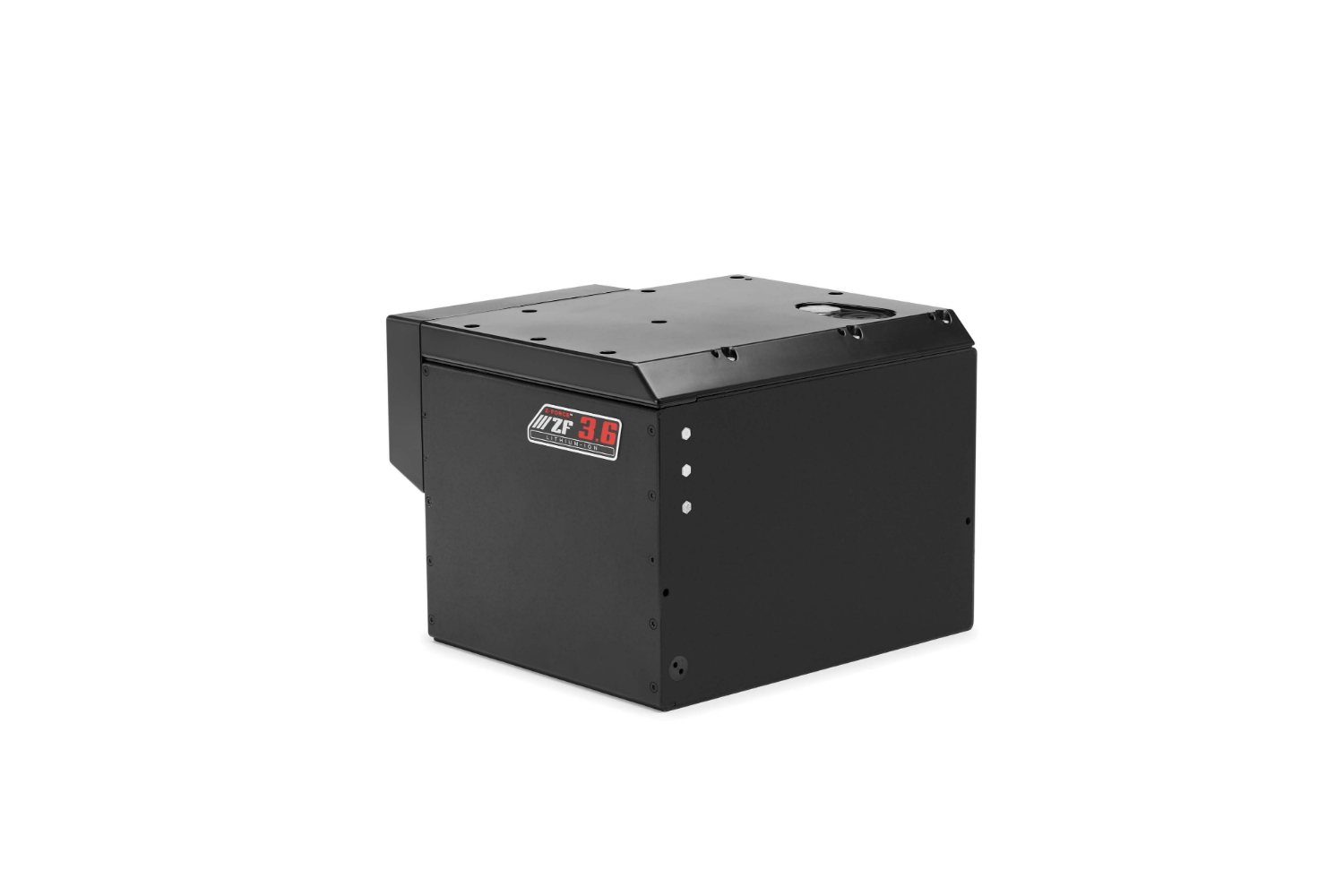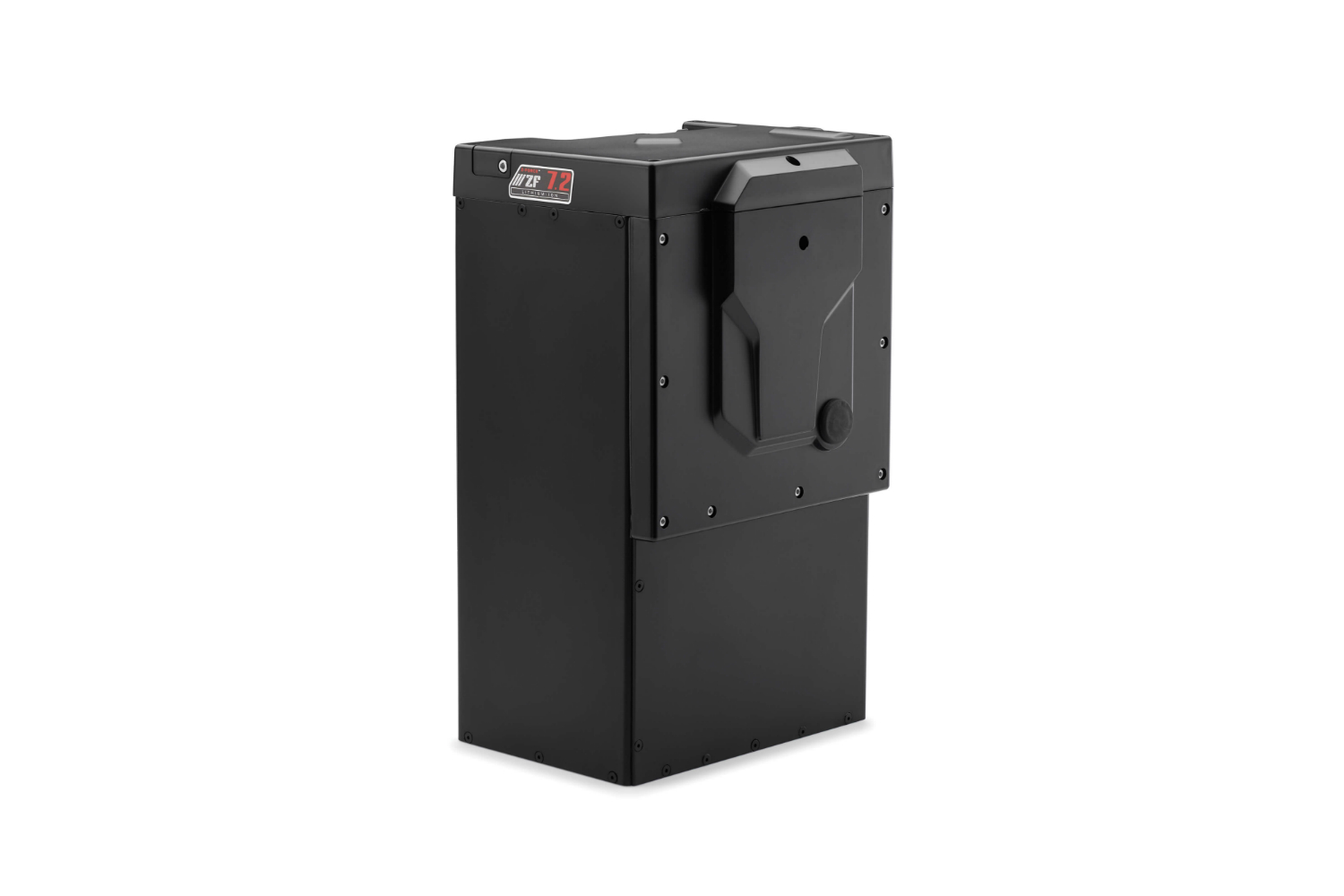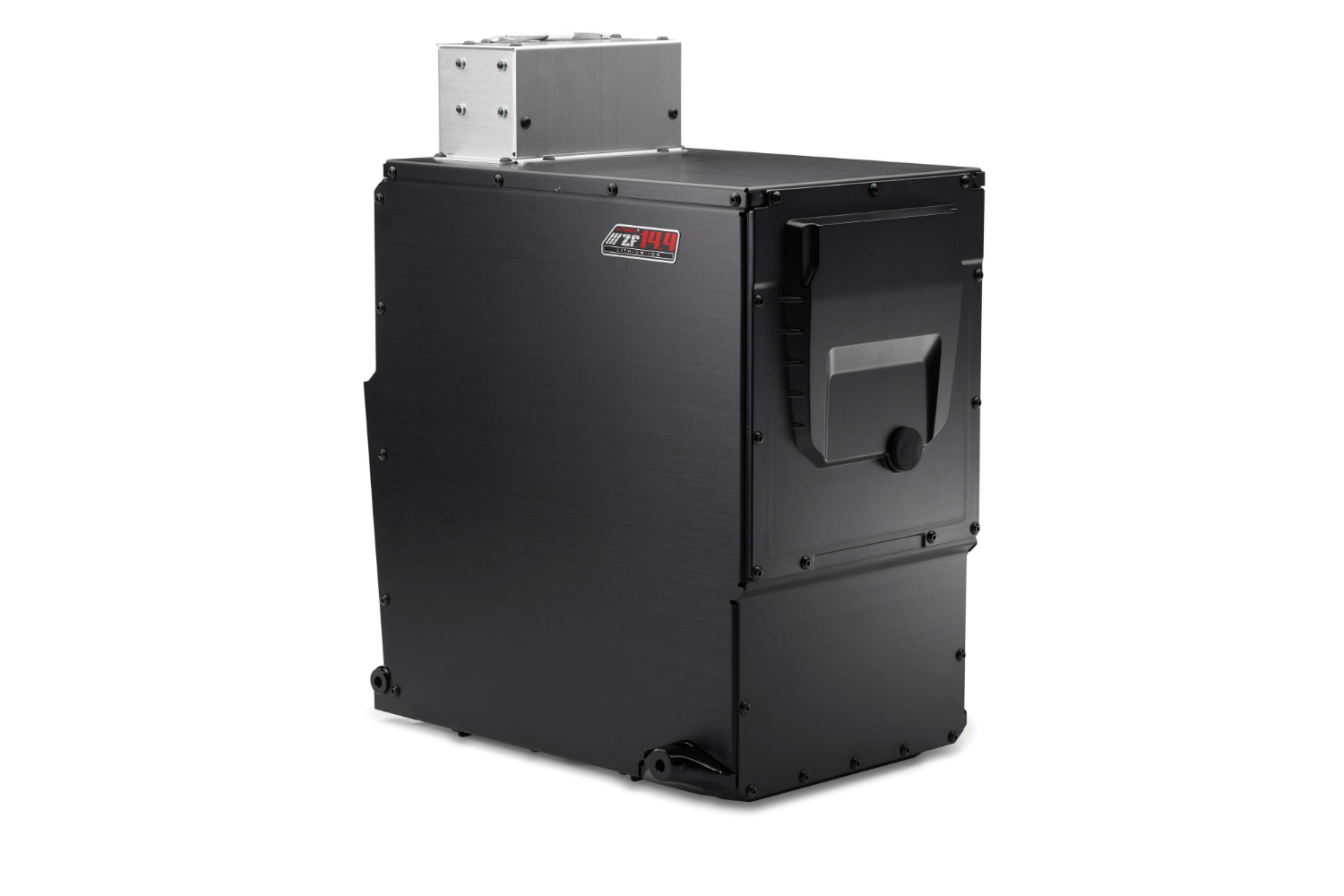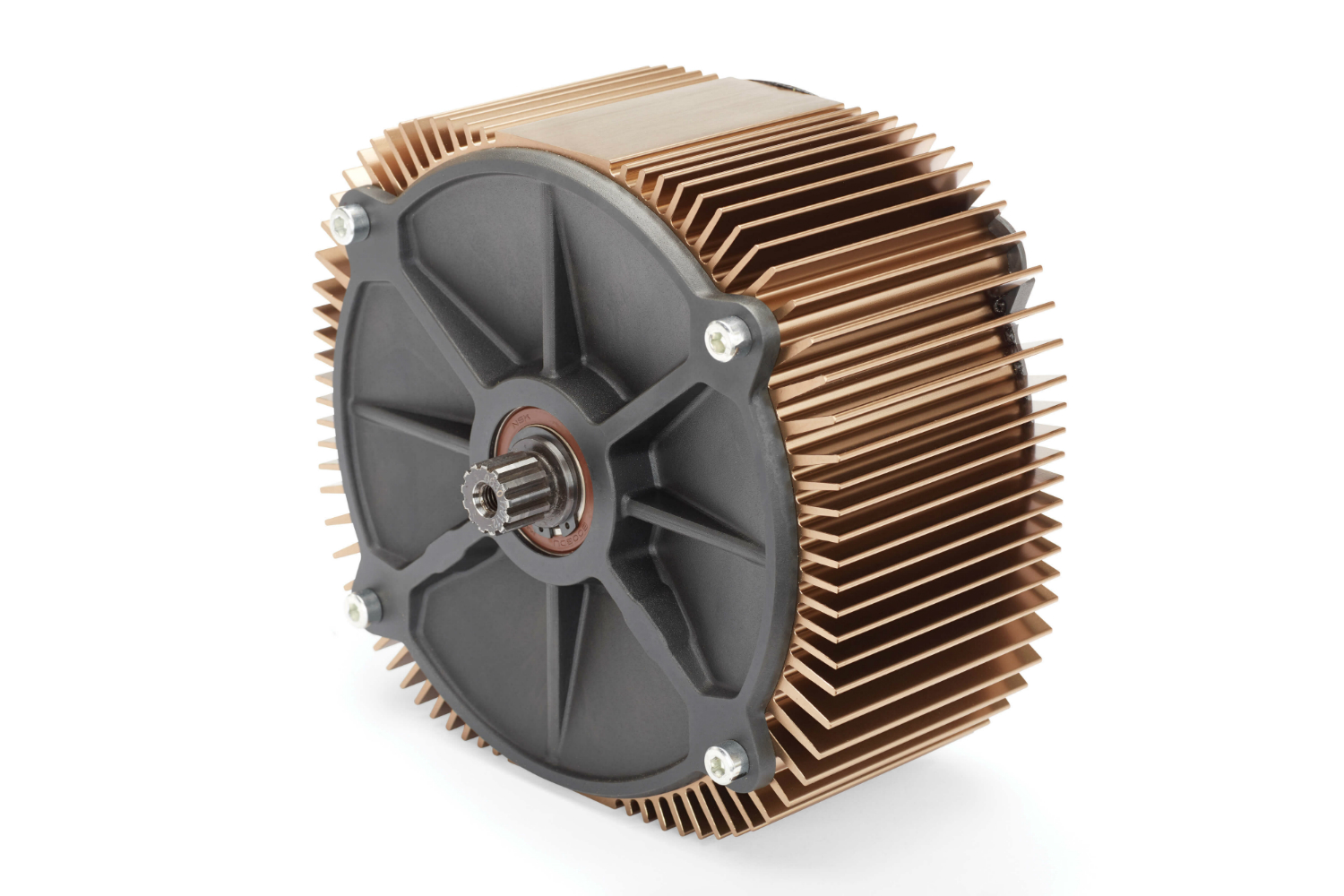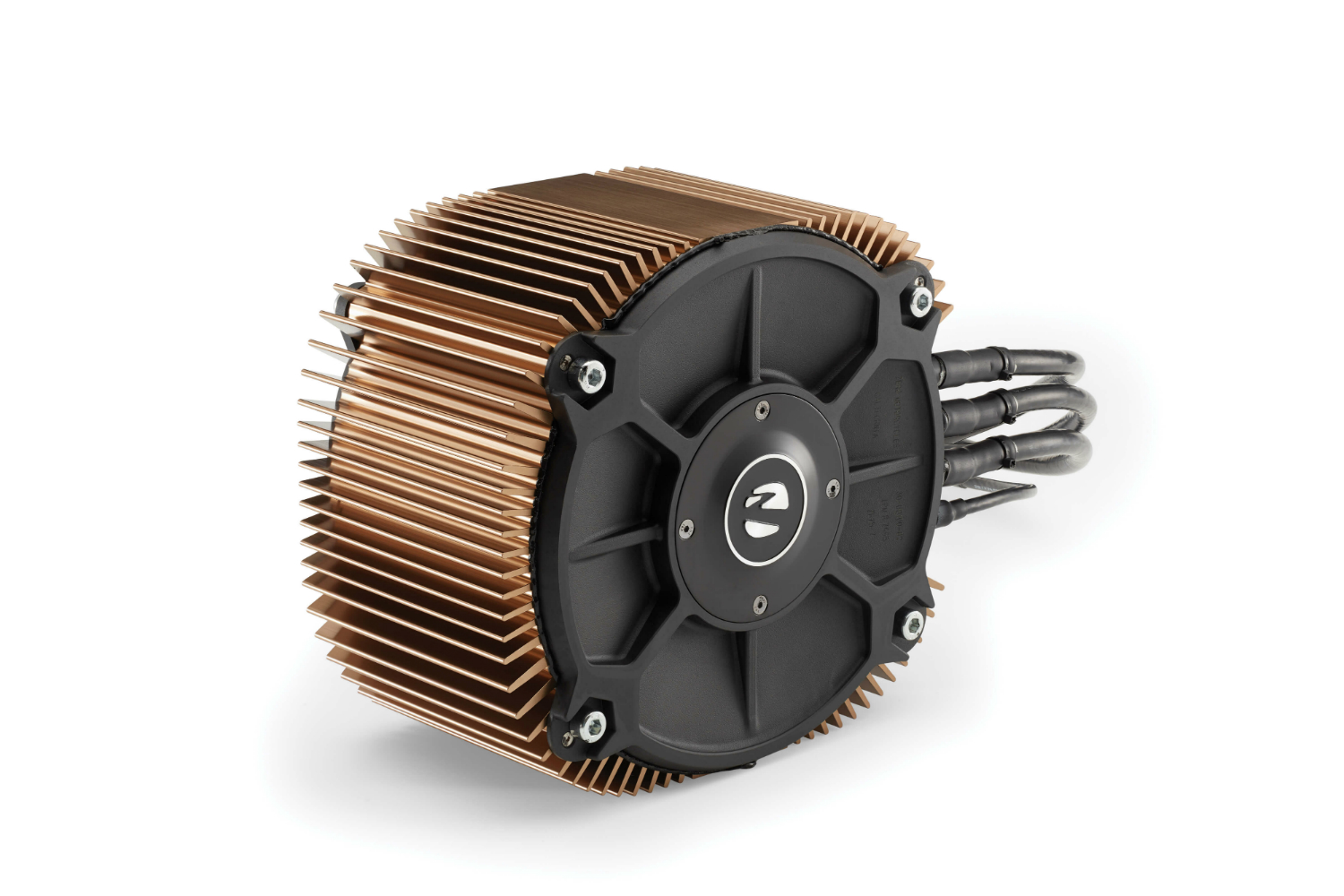As the automotive industry slowly turns its focus to battery-electric vehicles, it’s logical to think e-powered transportation is a new concept. Amid the glut of startups hand-building electric motorcycle prototypes and international brands looking ahead two to four years for their first battery-powered models, it’s easy to miss Zero Motorcycles, founded by a former NASA engineer, which has been in business since 2006.
And that’s a shame. Zero makes killer e-cycles.
What’s new for 2018
The six 2018 Zero Motorcycles models bring significant changes to the lineup. The new bikes accelerate quicker, go further on a charge, and charge faster than last year’s models. Owners can update 2018 Zero motorcycle firmware conveniently, quickly, and easily with a new smartphone app. The 2018 bikes even have a new color palette.
The six 2018 Zero bikes include two street bikes, two dual sport models, a motocross bike, and a supermoto. All Zeros are available with different battery sizes for increased horsepower and range. The modular batteries can be swapped out quickly and even charged on the bike with a standard charger to increase usable range even further.
A new 6kW Charging Tank accessory can charge the street and dual sport Zeros six times faster than plugging into a conventional 110V outlet when plugged into a J1772 fast charging station. With this setup, the Zeros can add up to 103 miles range per each hour of charging time.
New battery chemistry in the two new Zero lithium-ion batteries increases the range up to 223 miles per charge, depending on the battery. Note that range figures are based on city driving because driving at highway speeds depletes the batteries at a greater rate per mile. Owners can use the Zero smartphone app, available for iOS and Android to configure performance settings, view live performance and battery data, check out trip and energy use and cost statistics, and update the bike’s firmware.
Without reducing top speed, the lightweight and compact ZF7.2 battery power pack produces 11 percent greater torque with higher maximum revolutions and new gearing, resulting in faster acceleration and standing start performance. Zero also tuned the base street and dual sport bikes for up to 30 percent more power and torque for increased highway speed acceleration.
The last major change for the 2018 Zero motorcycles is new colors and graphics. The look is a matter of taste, but in our view, the new Zeros look sharper and more badass than the earlier models.
2018 Zero Motorcycle engines and batteries
Zero motorcycles are set up with one of two Z-Force motors. The motors are sealed and air-cooled, have only one moving part, and require no routine maintenance.
TheZ-Force ZF75-5 with the ZF 7.2kWh battery produces up to 34 horsepower and 78 pound-feet of torque. The larger capacity Z-Force ZF75-7R paired with a ZF 14.4kWh battery makes 70 hp and 116 lb-ft of torque. Those two motor and battery combinations differentiate the two street bikes and two dual sport rides. A third combination, the ZF75-5 motor with the ZF 3.6kWh battery, is used on the motocross and supermoto bikes to crank out 27 hp and 78 lb-ft of torque.
How to choose a 2018 Zero Motorcycle
The six 2018 Zero Motorcycles include two for street riding only, two dual sport bikes, one for off-road motocross, and a street legal supermoto model.
The Zero S ($11,000 starting price) and SR ($16,500 starting price) street bikes are the same vehicles with different electric motors and base batteries. The $11,000 base price Zero DS and $16,500 DSR dual sport motorcycles share the same frame and all other components except the motor and base battery. Zero’s FX motocross bike and FXS supermoto both have the same $8,500 starting price, motor, and base battery, but differ in other details appropriate to their different uses.
2018 Zero Street Motorcycles
The lighter of the two Zero strictly street bikes, the 2018 Zero S uses the Z-Force 75-5 motor and is equipped with a 7.2kWh battery. If you stick with the standard configuration, the S has a city driving range of 89 miles. If you only drove on the highway at 70 mph, starting with a fully charged battery the range is cut roughly in half to 45 miles. Light at 313 pounds for easy commuting and moving around city and town, the S maxes out at 91 mph, but is rated at 80 mph for sustained top speed — and at that rate you can expect the range to drop drastically.
You can’t change the Zero S motor, but you can configure it with a 13kWh battery pack for an additional $3,000 to boost the city range to 161 miles, highway driving range to 81 miles, and sustained and maximum top speeds of 85mph and 96 mph. If you still want more range, a $2,900 dealer-installed Power Tank adds 3.6kWH of power for a total of 16.6kWh, which doesn’t change the top speed but boosts the range to 206 miles in city driving and a more comfortable 103 miles on the highway.
Charging the Zero S to 100 percent plugged into a 110/220V outlet takes 5.2 hours with the standard 7.2kWh battery, 8.9 hours with the 13kWh battery, and 11.3 hours with the 13kWh battery and the 3.6kWh power tank. Note that charging to 95 percent power, a more realistic level, takes about a half hour less in each case. Using conventional outlet charging could work if you plug in the bike at home or work every day.
If you’re going to travel longer distances on a regular basis, Zero has accessory chargers that can speed charging times. For the fastest charge possible, the $2,300 optional Charge Tank that enables plugging into J1772 Fast Charging stations reduces 100% charging times to 1.5 hours with the 7.2kWh battery and 2.3 hours with the 13kWh power pack. Note that you cannot have both the Power Tank and the Charge Tank, so you’ll have to choose between maximum range and fastest charging time.
Like all 2018 Zero Motorcycles models, the Zero S has a clutchless direct drive transmission, Showa front and rear suspension, and Bosch Gen 9 ABS brakes. The S model has Pirelli Diablo Rosso II tires on its 17-inch front and rear wheels. Like the SR, the Zero S is the only motorcycle in the 2018 line up with a street front fender; the other models have higher front fenders in keeping with their greater likelihood of using the full suspension travel riding off-road.
The 2018 Zero SR is the same motorcycle as the Zero S, with two important exceptions. The SR uses the higher revving, higher amperage Z-Force 75-7R motor and has a 14.4kWh battery. This powertrain combination has a 179-mile city driving range, 90-mile highway range, a sustained top speed of 95mph and a maximum 102mph speed. The SR is about 100 pounds heavier than the S model due to the larger standard battery.
Charging the Zero SR to 100 percent takes 9.8 hours plugged into a conventional outlet, or 2.5 hours if you spring for the $2,300 optional Charging Tank. Once again you could opt to maximize the Zero SR’s range with a $2,900 Power Tank with another 3.6kWh power. With the Power Tank city driving range jumps to 223 miles and you can go up to 112 miles on the highway — as long as you keep it at 70 or slower.
2018 Zero Motorcycle Dual Sport Bikes
The Zero DS dual sport model has the same $11,000 starting price and the same battery and charger upgrade options as the Zero S. The DSR shares the $16,500 starting price of the Zero SR, too. Except for longer suspension travel front and rear and different wheels and tires, the DS and DSR share the same components as the Zero S and SR, including Showa suspension and Bosch Gen 9 ABS brakes. The dual sport Zero models have 19-inch front and 17-inch rear wheels with dirt-ready tires.
The Zero DS and DSR have 33.2-inch seat heights — about 1.4 inches higher than the street bikes — and weigh 4 to 5 pounds more at 317 pounds DS and 419 pounds for the DSR. Top speeds for the dual sport bikes are the same as identically powered street versions, although driving ranges drop a bit, likely due to the DS and DSR’s tires. With their standard battery packs, the DS range is rated at 92 miles in the city and 39 miles highway. The DSR comes in at 163 miles in the city and 78 miles on the highway.
So bottom line, the Zero S, SR, DS, and DSR are the same motorcycle with different combinations of motors, batteries, suspension travel, wheel sizes, and tires. Since you can add batteries (with subsequent big prices boosts to the Zero S and DS prices), the most significant first question is will you ride on the street only or on and off the road. Then just dial in your power and speed preferences and make your pick.
| Model | Zero S | Zero SR | Zero DS | Zero DSR |
| Starting price | $11,000 | $16,500 | $11,000 | $16,500 |
| Motor type | Z-Force 75-5 | Z-Force 75-7R | Z-Force 75-5 | Z-Force 75-7R |
| Standard max capacity battery | 7.2kWh | 14.4kWh | 7.2kWh | 14.4kWh |
| Max horsepower | 34 hp | 70 hp | 34 hp | 70 hp |
| Max torque (lb-ft) | 78 lb-ft | 116 lb-ft | 78 lb-ft | 116 lb-ft |
| Range City/Highway/Combined | 89/45/60 miles | 179/90/120 miles | 82/39/53 miles | 163/78/105 miles |
| Max full charge time | 5.2 hours | 9.8 hours | 5.2 hours | 9.8 hours |
| Transmission | Clutchless direct drive | Clutchless direct drive | Clutchless direct drive | Clutchless direct drive |
| ABS brakes | Yes | Yes | Yes | Yes |
| Wheelbase (inches) | 55.5 | 55.5 | 56.2 | 56.2 |
| Seat height (inches, laden) | 31.8 | 31.8 | 33.2 | 33.2 |
| Wheels front/rear (inches) | 17/17 | 17/17 | 19/17 | 19/17 |
| Dry weight (pounds) | 313 | 414 | 317 | 419 |
2018 Zero Motorcycle Motocross and Supermoto bikes
The Zero FX motocross and FXS supermoto models share many components and the same $8,500 starting price, but each is set up for its specific sport. Motocross is primarily off-road riding and racing and supermoto is a combination of off-road and road racing. The Zero FX and FXS are the company’s lightest bikes, at 247 and 251 pounds, respectively.
Both bikes are available in three power configurations, all with the Z-Force 75-5 electric motor. The base models have a 3.6kWh modular battery pack that produces 27 horsepower and 78 pound-feet of torque. You can buy a second 3.6kWh module for an additional $2,900 and have both on board for a total of 46 horsepower and an $11,300 starting price tag. For people who engage in day-long racing events, or just want to spend more time and go further without recharging, you can keep as many modular battery units on hand as you can afford at $2,900 each and theoretically keep on going, as long as someone lugs pre-charged battery modules along.
The third option for the FX and FXS is to buy them with a 7.2kWh battery pack installed. You can’t hot swap batteries, so you’ll be limited to that battery’s range before recharging. The good news is the 7.2kWh version’s $10,500 starting price is $900 less than the modular version with two 3.6kWh batteries. So once again, it makes sense to figure out how you’ll use the bike before choosing a configuration. One additional advantage of the base models is you can buy extra battery modules later to save on your initial cash outlay.
The FX motocross bike has 21-inch front wheels and 18-inch rear wheels, with more dirt-ready tires. The FX ‘s 34.7-inch seat reflects the larger wheels and greater suspension travel than the 32.9-inch seat on the FXS supermoto bike, which has 17-inch wheels front and rear and tires more suitable for fast street riding.
| Model | Zero FX | Zero FXS |
| Starting price | $8,500 | $8,500 |
| Motor type | Z-Force 75-5 | Z-Force 75-5 |
| Standard max capacity battery | 3.6kWh | 3.6kWh |
| Max horsepower | 27 hp | 27 hp |
| Max torque (lb-ft) | 78 lb-ft | 78 lb-ft |
| Range City/Highway/Combined | 46/19/27 miles | 50/20/29 miles |
| Max full charge time | 5.1 hours | 5.1 hours |
| Transmission | Clutchless direct drive | Clutchless direct drive |
| ABS brakes | Yes | Yes |
| Wheelbase (inches) | 56.6 | 56.0 |
| Seat height (inches, laden) | 34.7 | 32.9 |
| Wheels front/rear (inches) | 21/18 | 17/17 |
| Dry weight (pounds) | 247 | 251 |
Editors' Recommendations
- Mercedes-Benz EQG: range, price, release date, and more
- Hyundai Ioniq 9: price, release date, range, and more
- Rivian R2 compact SUV: rumored price, release date, design, and more
- Tesla Cybertruck: rumored price, release date, specs and more
- Lucid Gravity: Range, charging, price, release date, and more

